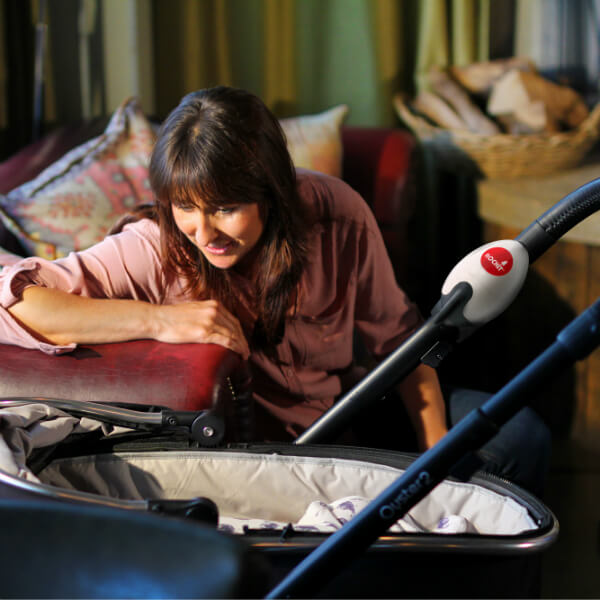Struggling with the terrible twos in your home? We look at what they are, why they happen, and how as a parent you can manage and survive the terrible twos with your sanity in place! Check it out now.
 Chances are you’ve heard of the terrible twos before. Whether you’ve been warned by other parents, social media or maybe your Plunket nurse, the terrible twos need to be seen to be believed.
Chances are you’ve heard of the terrible twos before. Whether you’ve been warned by other parents, social media or maybe your Plunket nurse, the terrible twos need to be seen to be believed.
A normal stage in your child’s development, it’s a time which a toddler finds hard to manage too. While that may not help you at the time, keep at the back of your mind that this too will pass – one day.
We thought it was time to share some advice for parents of toddlers on how to survive the terrible twos with your sanity in place. We’ll explain more about what this developmental stage involves and what you can expect, the signs to look out for, coping with temper tantrums and how to encourage your child’s independence.
WHAT ARE THE TERRIBLE TWOS?
Despite the fact that the number two is involved, the terrible twos can occur well before a child reaches their second birthday. They can also arrive late and continue onwards past three years too.
It’s a time of fast social, physical and mental growth, and as parents it’s a time we discover just how much patience we need!
A toddler is starting to realise that they are their own person, and as such, want to make their own decisions. They’ll want to do things their way, by themselves and are not afraid to let you know.
It’s this letting us know thing which causes problems, because being around two years old, they haven’t yet developed the communication skills to convey their needs accurately. This results in temper tantrums, screaming, melt downs, refusals and plenty of frustration.
Anger and aggression are common, with biting, hitting and punching to be expected. The key thing is to let your toddler know that those behaviours are not acceptable and help them learn ways of expressing themselves appropriately.
A toddler will want to do things themselves, but still want you around close by. This is challenging for parents because we’ve got to adjust to the fact our baby just isn’t a baby anymore. If we continue to treat them as such, we’ll quickly be told they aren’t. But if we treat them as a pre-schooler, we’ll end up with a very clingy toddler.
IT’S NOT ALL BAD NEWS THOUGH
There are things to celebrate when it comes to this developmental period though. Our toddlers are:- becoming individuals who express their needs and wants
- starting to identify their feelings, including love for us
- enjoying sharing who they are
- building their leadership skills
- developing problem solving skills
- growing their adventurous side
- wanting to help around the home
- living in the moment
- happy to learn new things
- find joy in all the little things in life

6 TIPS ON HOW TO SURVIVE THE TERRIBLE TWOS
The twos don’t have to be terrible, and some would say that if approached positively, can actually be enjoyable. We’re not ready to commit to that much, but we do know that with some planning and consideration, it is possible to get through them with your sanity still in place. Here are six tips to help you achieve that:- Be prepared. They’re going to happen anywhere between 19-30 months, so make sure you are reading this and other helpful articles before you need them.
- Remember the end goal:start exploring the world independently. Your toddler isn’t doing all of this to make you cross, so keep taking deep breaths.
- Use positive reminders. Say things such as hands are for helping, rather than don’t hit.
- Allow time. Nothing moves fast in the world of a toddler (except when they run away). So, plan for extra time to do activities.
- Distraction is your friend. If a meltdown is coming, head it off with a timely ‘wow, what’s that?’
- Be a role model. Toddler love to imitate, so act like you want them to.
COPING WITH TEMPER TANTRUMS DURING THE TERRIBLE TWOS
As you know, or are about to find out, two year olds have epic tantrums. From kicking and screaming, loud crying and rolling around the floor, you could be forgiven for thinking they are staged on purpose. The truth is though, a tantrum occurs because that’s the only way at that time a toddler can express how they are feeling. As the parent, there are some highly effective things you can do to reduce the number and severity of a two year old tantrum including:- Deciding what strategies you will use to mitigate a tantrum before they even start occurring
- Letting your toddler know what is happening before it happens, as at this age they do not cope easily with unexpected changes
- Acknowledge how they are feeling, and suggest other ways they can express themselves
- Plan activities around nap times. A tired toddler is more likely to have a tantrum than one who is well rested.
- Stick to a schedule that works for your family. This includes mealtimes and bedtimes.
- Stay firm even under the toughest tantrum. Never giving in is key here.
- Remain cool, calm and collected during a tantrum, or at least on the surface.
- Give lots of hugs, even if they are in the middle of having a tantrum. This shows that you acknowledge that for the most part, their feelings are the issue and not them personally.
Sometimes though, whatever you try seems not to be working. How do you know when it’s time to ask for professional help?
SHOULD I SEEK HELP DURING THE TERRIBLE TWOS?
For the most part, parents won’t need to get help outside of their friends and family during this time. Sometimes though, you may need some professional advice or a pair of eyes just to reassure you that things are as to be expected. If you spot any of these signs, or have concerns about your toddler’s behaviour, please contact your GP or Plunket nurse for help:- Causing huge amounts of stress in the household
- Highly violent towards people, animals or objects
- Withdrawn and not interested in attention from others
- Very argumentative or aggressive
- Doesn’t make eye contact
These signs don’t necessarily mean that anything is wrong with your toddler, but it’s nice to have someone else assess what’s going on too. You may just find that your child is having a particularly rough time of it, and a few adjustments in your management of them solves the problem. Or it may be that they can refer you to a professional who can assess your child in more detail and offer additional support for your family. If you haven’t already, now is a great time to introduce calming aromatherapy into your home during the day and at bedtime.
We have a large range of family health and aromatherapy products in our store, and if you need help selecting the best ones, we can help: just ask!






Leave a comment (all fields required)